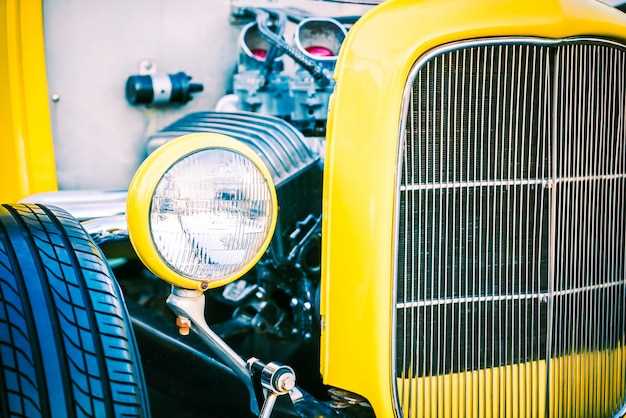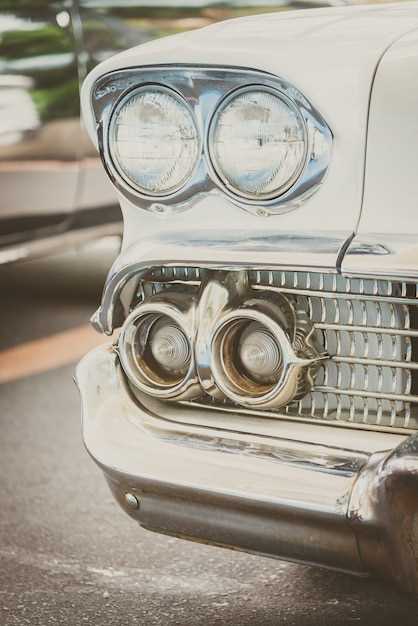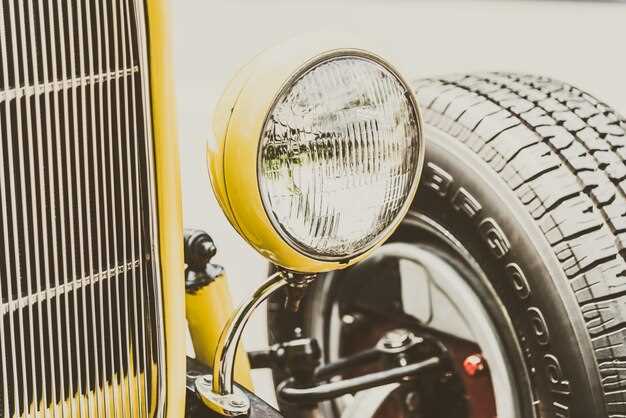
Restoring a classic Porsche is not just about bringing a car back to life; it is a labor of love that requires careful attention to detail and a commitment to maintaining authenticity. One of the most critical aspects of this process is sourcing OEM parts, which play a vital role in ensuring that the restoration reflects the original specifications and performance of the vehicle. Using original equipment manufacturer (OEM) parts not only enhances the aesthetic appeal of the car but also preserves its value over time.
When embarking on a classic Porsche restoration, enthusiasts must navigate a complex landscape of parts suppliers, online marketplaces, and specialty shops. Finding the right parts can be a daunting task, as many components may be discontinued or become increasingly rare as time goes on. It is essential to establish a network of reliable sources that cater specifically to classic Porsche models, ensuring that each restoration project retains its intended character and quality.
Understanding the nuances of OEM parts is crucial for any restorer. Authentic components are often designed and manufactured to the original specifications, offering not only compatibility but also durability and reliability. In contrast, aftermarket parts may compromise the integrity of the restoration. Therefore, dedicated restorers should prioritize OEM sourcing, which guarantees their classic Porsches maintain their performance and classic appeal for years to come.
Identifying Authentic OEM Suppliers for Vintage Porsches

When restoring classic Porsche vehicles, sourcing authentic OEM parts is crucial for maintaining value and performance. Identifying reputable suppliers who specialize in vintage Porsche components can significantly impact the restoration process. Here are key considerations for selecting reliable OEM suppliers.
1. Research Established Suppliers: Start by compiling a list of suppliers with a proven track record in the Porsche community. Forums, restoration workshops, and classic car shows can provide valuable recommendations. Look for suppliers who have been in business for several years and specialize in Porsche parts.
2. Verify OEM Certification: Authenticity is paramount when sourcing OEM parts. Ensure that the supplier can provide documentation or guarantees that the parts meet original manufacturer specifications. This certification can often be found on the supplier’s website or upon direct inquiry.
3. Inspect Product Quality: If possible, physically inspect parts before purchasing. OEM components should have consistent quality, appropriate finishes, and accurate markings. Compare these aspects with existing OEM parts on your vehicle to confirm authenticity.
4. Check Customer Reviews and Testimonials: Online reviews can provide insight into other customers’ experiences with the supplier. Look for detailed feedback regarding the quality of parts, customer service, and the overall buying experience. Reliable sources are essential for trustworthiness.
5. Seek Out Authorized Dealers: Many OEM parts suppliers are authorized dealers of Porsche components. These dealers often have access to exclusive parts and resources. Verify their status through the Porsche manufacturer’s website or reach out directly to discuss available products.
6. Engage with Porsche Clubs and Communities: Networking with fellow Porsche enthusiasts can uncover lesser-known suppliers who provide quality OEM parts. Local clubs often have connections to trusted vendors and can share valuable experiences regarding specific vendors.
By following these steps, you can enhance your chances of successfully sourcing authentic OEM parts for vintage Porsche restoration. Prioritizing quality and authenticity ensures that your restoration project honors the legacy of these iconic vehicles.
Evaluating Quality and Compatibility of OEM Parts for Restoration
When restoring a classic Porsche, sourcing OEM parts is crucial for maintaining authenticity and performance. Evaluating the quality of these parts involves examining their manufacturing processes and materials. Original Equipment Manufacturer (OEM) parts are designed to meet the specifications set by Porsche, ensuring that they fit and function correctly. It is essential to source these parts from reputable suppliers who provide evidence of their authenticity and compliance with Porsche’s quality standards.
Compatibility is another critical aspect to consider during the restoration process. Not all OEM parts are interchangeable across different models or production years. Therefore, it is important to cross-reference part numbers and consult Porsche specifications to ensure that the parts match the specific requirements of your vehicle. Engaging with restoration experts or forums dedicated to classic Porsche enthusiasts can also provide insights into the best practices for sourcing compatible parts.
Additionally, inspecting parts for signs of wear, damage, or alterations can help in assessing their suitability for restoration. Newer OEM parts may be preferable in cases where an original part is no longer effective. However, using original parts whenever possible can enhance the vehicle’s value and authenticity. By prioritizing quality and compatibility, restorers can preserve the integrity of their classic Porsches and ensure a successful outcome.
Navigating the Legalities of Sourcing and Using OEM Components

When restoring classic Porsches, sourcing OEM parts is essential to maintain authenticity and performance. However, navigating the legal landscape surrounding these components requires careful attention to several factors.
- Intellectual Property Rights: OEM parts are often protected by trademarks and patents. Understanding the intellectual property rights associated with these components is crucial. Utilize authorized suppliers to avoid infringement.
- Quality and Authenticity: Ensure that you source OEM parts from reputable dealers or manufacturers. Counterfeit parts not only affect vehicle performance but can also lead to legal repercussions.
- Documentation and Provenance: Keep records of provenance for sourced OEM parts. This includes purchase receipts, certificates of authenticity, and any correspondence with suppliers. Documentation can protect you in case of disputes.
- Liability Considerations: Using OEM parts may lump you with certain liabilities. If installed incorrectly or if the parts are defective, you could face legal claims. Always verify compatibility and installation methods.
- Local Laws and Regulations: Familiarize yourself with local laws governing the restoration of classic vehicles. Regulations can vary significantly regarding modifications, emissions, and safety standards.
By being vigilant about these factors, Porsche enthusiasts can successfully navigate the legalities of sourcing OEM parts, ensuring both compliance and quality in their restoration projects.
 Skip to content
Skip to content





